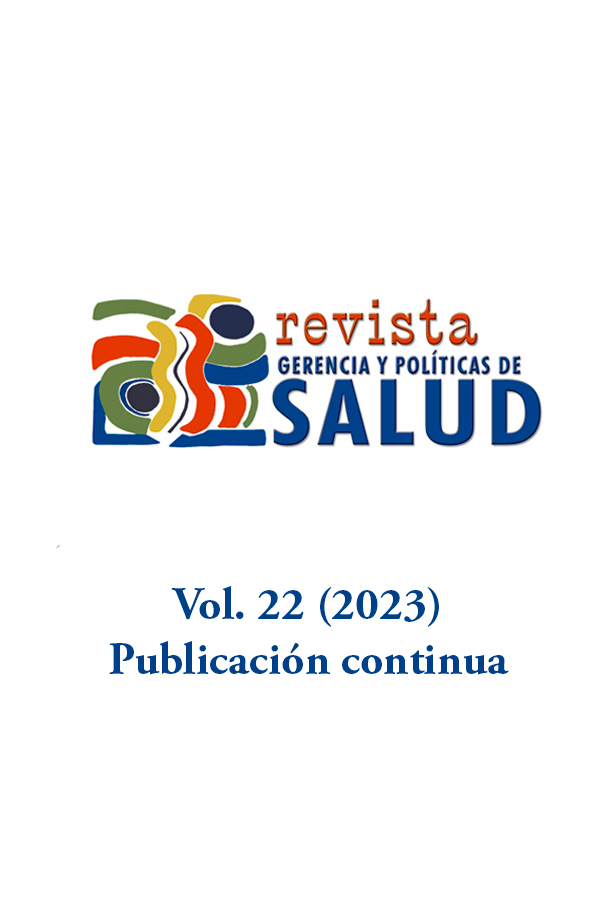Abstract
A first expression of gender inequality in pensions is the lack of systematic and differentiated information by gender, on affiliation coverage and pension benefit, this limits the analysis of advances in social security for women in old age and in the goals of gender equity. In Colombia, few studies analyze the gender gap in pensions; The objective of this article was to analyze this gap, using indicators of affiliation coverage and pension benefit, on the information of the Great Integrated Household Survey in the period 2008-2019. Results: Gender gap in the rate of affiliation to the pension system is expressed in a difference between 5.2 percentage points in 2008, on an upward trend, reaching 6 percentage points in 2019. The gap in the pension benefit rate is expressed in a difference of more than 27 percentage points for 2008, reducing to 24.7 percentage points for 2019, a reduction that occurs at the expense of a more pronounced decrease in the rate for men. Conclusion: The gender gap in the rate of pension beneficiaries shows the current reality in terms of the low coverage of women's access to social security in old age, and shows structural gender inequality in pensions. The gender gap in the affiliation rate, documented in this study, allows predicting an unfavorable future, both for men and women, in terms of access to a pension, a more dramatic situation for women.

This work is licensed under a Creative Commons Attribution 4.0 International License.
Copyright (c) 2023 Victoria Eugenia Estrada Trujillo, Bilver Adrian Astorquiza Bustos


